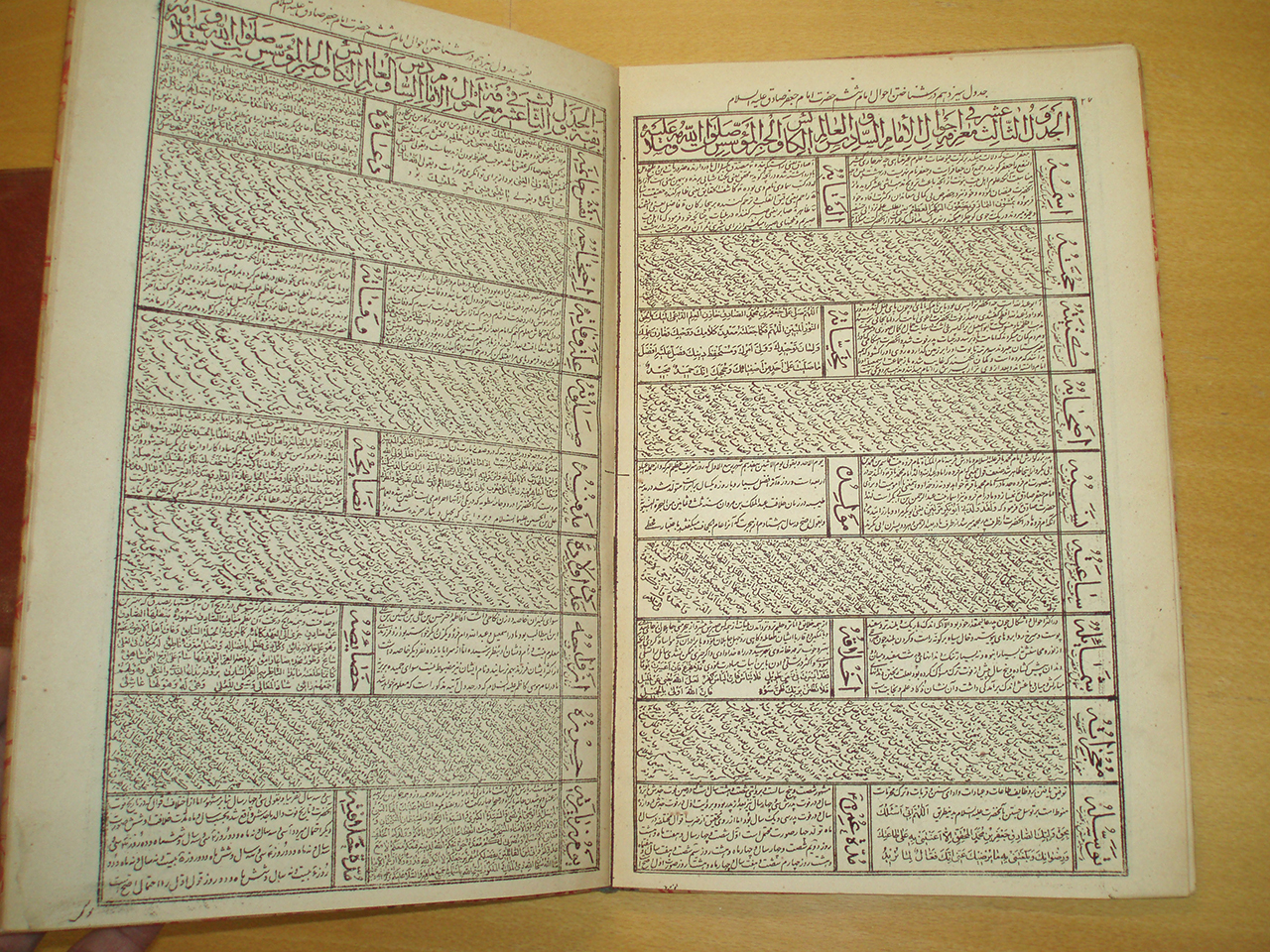The Archives
In the same section
In addition to the print collection, visitors to the GED will be able to consult an unparalleled collection of primary social sciences and humanities sources, including researchers’ personal archives as well as the archives of research centres and entities engaged in the scholarly communication process such as scholarly societies and associations and social science journals.

The content of the archives constitutes a unique collection of primary research materials on the practice and history of the humanities and social sciences. It comes from nine research organizations and establishments, and from 2021 will be accessible for the first time at a single location, at Aubervilliers.
This major archival ensemble sheds light not only on how disciplines emerge, how new fields and objects of research are born, how researchers relate to their field of inquiry, but also on intellectual networks and affinities and the synergy between teaching and research. It also reveals a lot about the research environment, the role of scientific publishing, and the relationship between the world of the media and that of research.
This collection of primary source archives can also be seen as a data repository to be mined and remined by sociologists and ethnographers, among others.
This scientific heritage archive is made up of (a) the archives of research centres and their researchers and (b) archives collected by these centres and researchers about others. The GED is committed to preserving and enriching the collection by adding materials from the various research units on campus.
Research Archives
In addition to making the archives of numerous surveys, academic journals, and scholarly societies available, the GED will also feature significant archival collections belonging to research centres and researchers.
The painstaking and often pioneering collecting habits of Condorcet’s member institutions has meant that the archives of about 300 public figures (amounting to more than 2.5km of physical materials) and 82 research units and centres (1.3km of materials) have been preserved.
These archives cover all current and former disciplines and research fields of Campus Condorcet member institutions. Once processed, they will be progressively made available to the public.
Reference collections are available in several fields, including demography, sociology, and social history, for which the GED is the GIS CollEx-Persée delegated holding library:
- sociology, with the personal archives of Georges Gurvitch and Alain Touraine, and the archives of the Centre d'analyse et d'intervention sociologiques (CADIS); Pierre Bourdieu and the Centre de sociologie européenne (CSE); Raymond Boudon and the Groupe d'étude des méthodes de l'analyse sociologique (GEMAS);
- ethnography and anthropology, with the archives of Georges Condominas, Maurice Godelier, Marc Augé, the Centre d’études africaines (CEAf) and the Centre d’Histoire Sociale de l’Islam Méditerranéen (CHISM), which have merged under the aegis of L’Institut des mondes africains (IMAF);
- history, notably the collections of Philippe Ariès, Marc Ferro, François Furet, Jacques Le Goff, Pierre-Vidal Naquet and several research laboratories, including the Centre de recherches historiques (CRH);
- demography, including a large number of surveys and research carried out by INED researchers and research teams;
- philosophy, economics, history of science, and mathematical sociology, with the personal archives of Claude Lefort, Charles Bettelheim, Henri Corbin, Alexandre Koyré, and the archives of the Centre d’analyse et de mathématiques sociales (CAMS)
Archival Collections
At the GED, visitors will also find a large number of archival collections about non-academic subjects, such as resistance fighters, militants, political parties, and journalists.
These archives have been consulted and collected by scholars during the course of their research and often stem from an ancient tradition of private collecting. Such is the case at the Institut d’histoire du temps présent (UMR 8244, L'Université Paris 8-CNRS), which has continued to collect private archives in the manner of the Comité d’histoire de la Deuxième Guerre mondiale (CHDGM) but extended its focus beyond WWII to new areas of study such as decolonization and the contemporary world.
Similarly, the Centre d’histoire d’histoire sociale des mondes contemporains (UMR 8058, L'Université Paris 1-CNRS) has followed its founder Jean Maitron in working to collect and preserve materials pertaining to the history of labour unions and political and social movements.
How can I consult these archives?
The 5 linear kilometres, or 1.2 terabytes of these materials will be gradually made available to the public as they are processed and catalogued (operations that are due to intensify over the coming years).
While readers wait for the archives to be transferred to the new GED building in Aubervilliers, they are able to consult some 300 collections and a selection of archives belonging to the units and centres of the Ecole pratique des hautes études and the Institut d’histoire du temps présent, as well as the Bibliothèque de recherches africaines, the Centre d’histoire sociale des mondes contemporains, and the Centre d’histoire de l’Asie contemporaine, all of which are administratively located under the umbrella of L'Université Paris 1 Panthéon-Sorbonne.
If you require more information, an inventory of the Campus Condorcet archives is published in Calames, the online catalogue of higher education archives and manuscripts.
By the numbers
- 5 linear kilometres of physical archives and 1.2 terabytes of electronic archives
- The holdings of 30 buildings and 9 institutions: CNRS, EHESS, EPHE, FMSH, INED, l'Université Paris 1 Panthéon Sorbonne, l'Université Sorbonne Nouvelle, l'Université Paris Nord, l’Institut des Amériques
- 4.4 linear kilometres of research archives
- 300 personal archives belonging to researchers
- 82 archives of research centres and units
- 650 linear metres of archival collections
- 300 collections and partial archives catalogued and accessible online since 2019
In the same section
Practical info
Address
Maison des Science de l'Homme - Paris Nord
20, avenue George Sand
93210 La Plaine-Saint-Denis
Opening hours
Monday to Friday from 10:30 a.m. to 6:30 p.m.
by appointment for consultation of the archives
Consult the Calames catalog